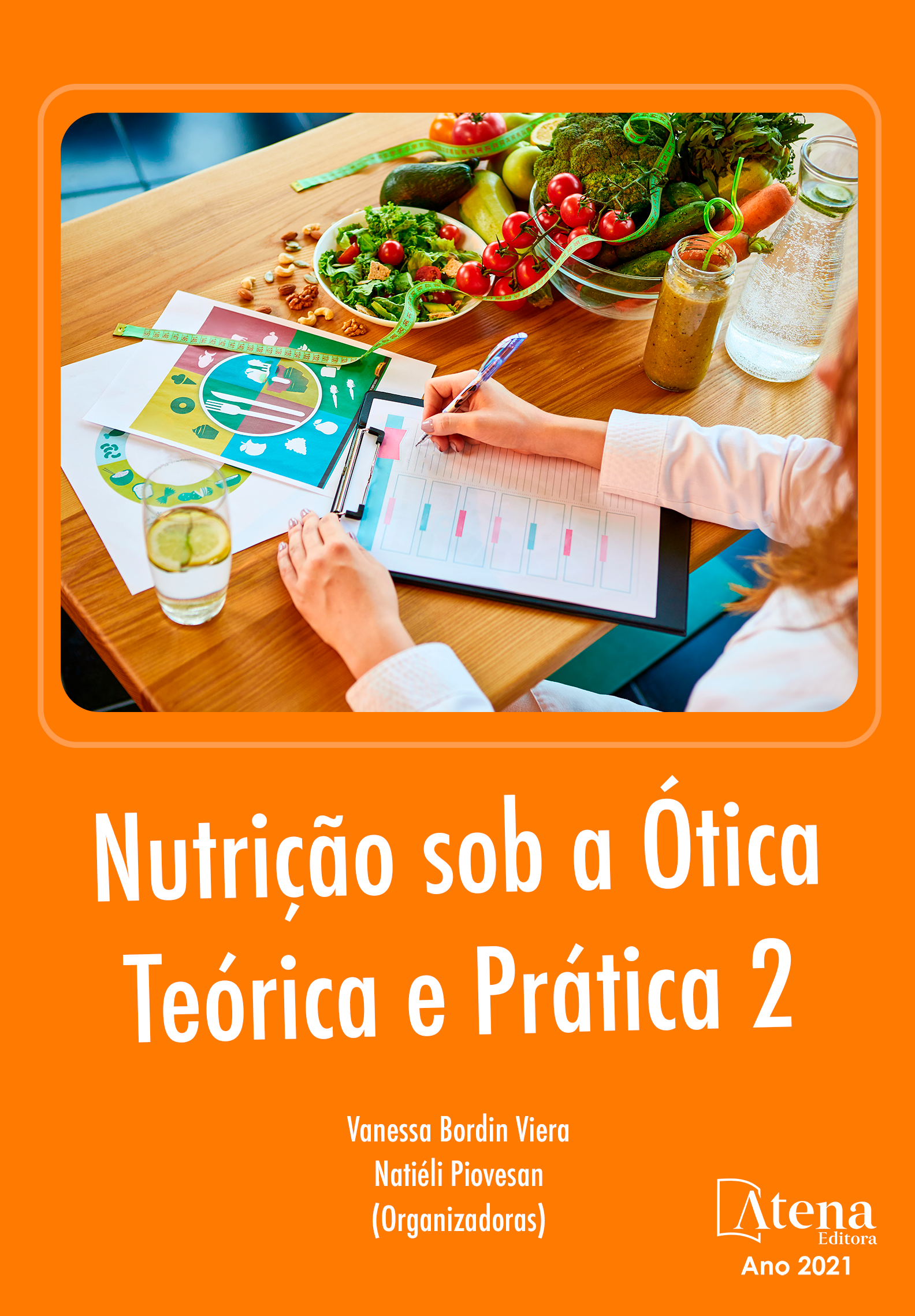
NUTRITION ACADEMIC EXPERIENCE IN A HUMAN MILK BANK: EXPERIENCE REPORT
A Rede de Banco de Leite Humano do Brasil é a maior e mais bem estruturada rede de bancos de leite do mundo tendo como principal objetivo promover, proteger e apoiar o aleitamento materno, além de coletar e distribuir o leite humano de qualidade certificada. Sabe-se que o leite materno é o alimento mais completo em termos nutricionais para as crianças até os dois anos de idade, sendo indicado sua oferta de forma exclusiva até os seis meses de idade. De acordo com os dados científicos o binômio mãe-bebê é extremamente beneficiado com essa prática, além da conexão gerada entre ambos no ato da amamentação, traz também benefícios econômicos. Além disso há, ainda, a possibilidade de doação do leite humano, auxiliando recém-nascidos internos em Unidade de Terapia Intensiva (UTI) neonatal, os quais estão impossibilitados dos benefícios com a prática da amamentação, sendo um diferencial para o prognóstico positivo desse recém-nascido. Assim, esse estudo tem por objetivo acompanhar as ações realizadas pelo profissional de Nutrição em Banco de Leite Humano além da realização de vivência acadêmica sobre a importância da amamentação e ações de captação de leite humano. O profissional de nutrição além de ser o profissional responsável pela alimentação, tem como propósito principal promover e proteger o aleitamento materno, como também é o responsável pelas ações realizadas dentro de um Banco de Leite Humano, assegurando sempre o controle de qualidade do mesmo. Evidencia-se, nesse estudo, a importância da experiência acadêmica na inserção das ações no BLH além de ressaltar que o profissional nutricionista vai além de promover o aleitamento, esse deve estar inserido nos Bancos de Leite em todo o território Nacional, para que seja possível o auxílio na redução da mortalidade infantil, além de proporcionar que este ambiente seja de empatia e respeito para com o binômio mãe-bebê.
NUTRITION ACADEMIC EXPERIENCE IN A HUMAN MILK BANK: EXPERIENCE REPORT
-
DOI: 10.22533/at.ed.51621010414
-
Palavras-chave: VIVÊNCIA DE ACADÊMICA DE NUTRIÇÃO EM BANCO DE LEITE HUMANO: RELATO DE EXPERIÊNCIA
-
Keywords: Human Milk Bank; Breastfeeding; Nutrition
-
Abstract:
The Human Milk Bank Network in Brazil is the largest and best-structured network of milk banks in the world with the main objective of promoting, protecting, and supporting breastfeeding, in addition to collecting and distributing certified quality human milk. It is known that breast milk is the most complete food in nutritional terms for children up to two years of age, being indicated its offer exclusively until six months of age. According to scientific data, the mother-baby is extremely benefited by this practice, in addition to the connection generated between both during breastfeeding, it also brings economic benefits. In addition, there is also the possibility of donating human milk, helping newborns in the neonatal intensive care unit (ICU), who are unable to benefit from the practice of breastfeeding, being a differential for the positive prognosis of this newborn. Thus, this study aims to monitor the actions taken by the Nutrition professional in the Human Milk Bank in addition to conducting academic experience on the importance of breastfeeding and actions to capture human milk. The nutrition professional, in addition to being the professional responsible for feeding, has the main purpose of promoting and protecting breastfeeding, as well as being responsible for the actions carried out within a Human Milk Bank, always ensuring its quality control. In this study, the importance of academic experience in the insertion of actions in the Human Milk Bank is highlighted, in addition to emphasizing that the nutritionist professional goes beyond promoting breastfeeding, this must be inserted in the Milk Banks throughout the national territory, so that it is possible assistance in reducing child mortality, in addition to providing that this environment is one of empathy and respect for the mother-baby.
-
Número de páginas: 11
- Gabrielle Tomaz Nunes


